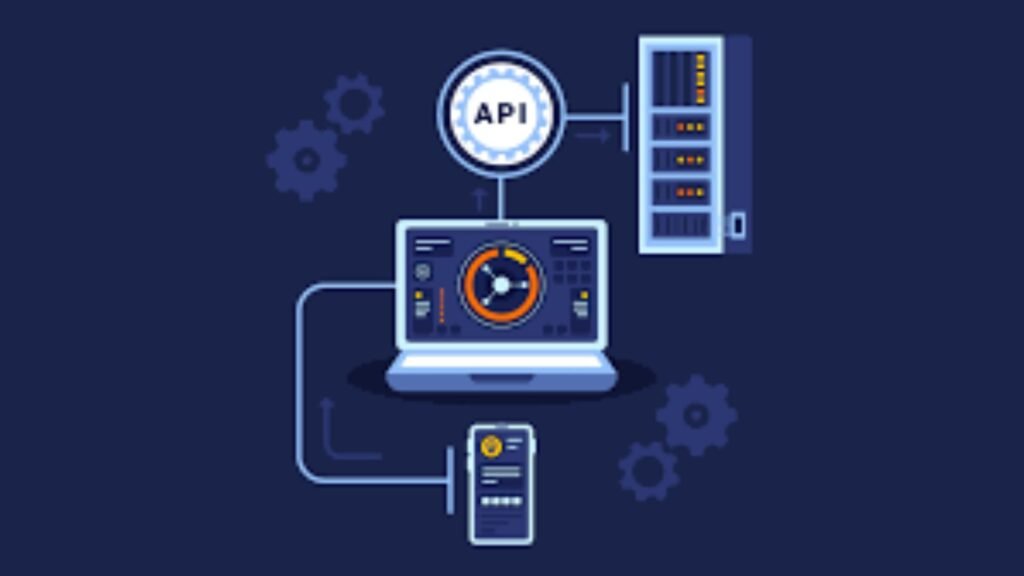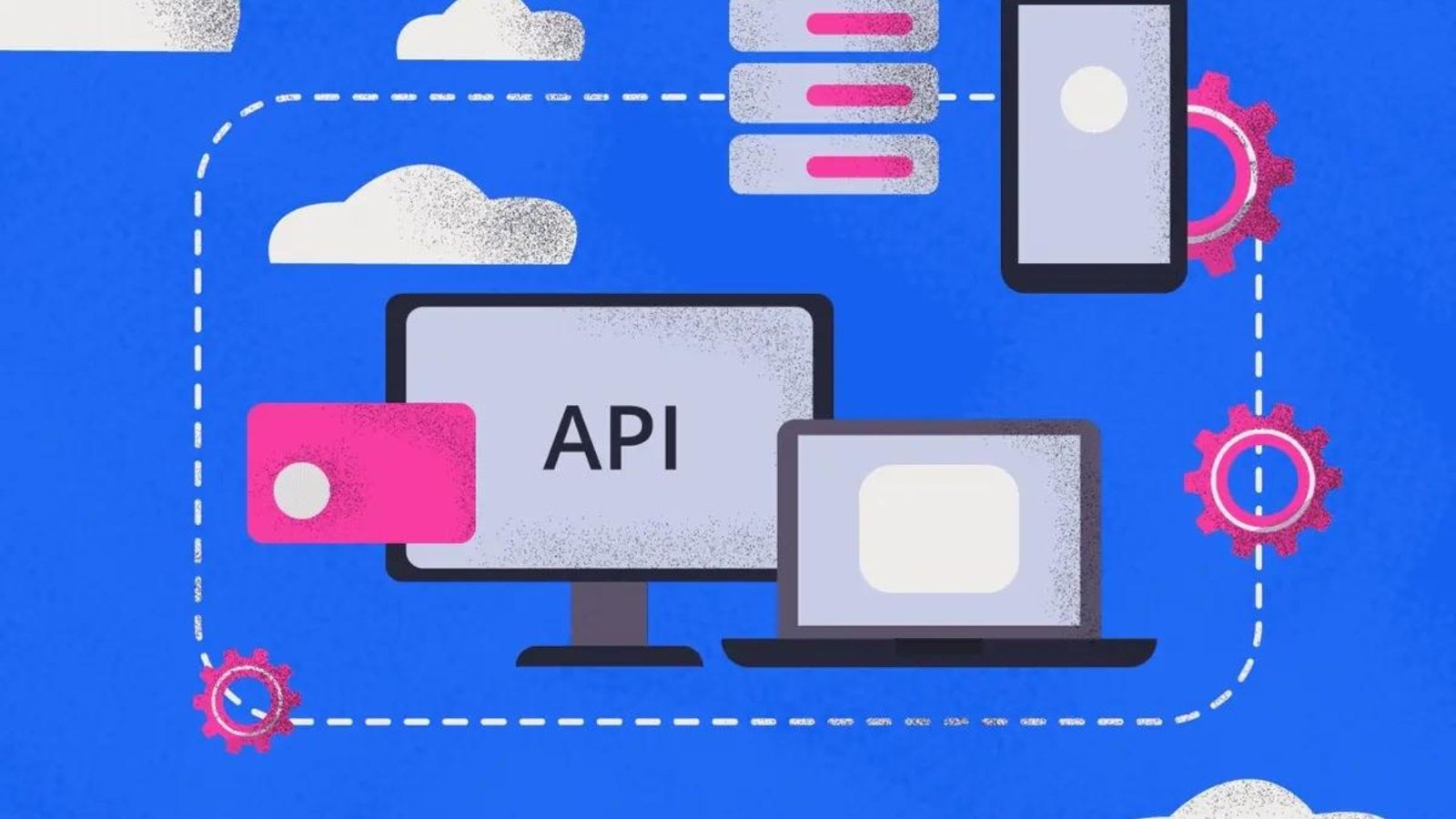APIs, or Application Programming Interfaces, are essential tools in app development. They allow different software systems to communicate and share data, enhancing your app’s functionality and performance. Integrating APIs effectively can streamline your development process and provide valuable features to your users. In this post, we’ll explore best practices and strategies for integrating APIs into your app development project.

Understanding API Integration
APIs act as intermediaries that allow your app to interact with external services or platforms. This integration enables your app to access a wide range of features and data without having to build everything from scratch.
Benefits of API Integration
- Enhanced Functionality: APIs enable your app to leverage external services, such as payment gateways, social media platforms, and mapping services, adding valuable features.
- Reduced Development Time: Using APIs can save development time by providing pre-built solutions for common functions, allowing you to focus on core app development.
- Increased Flexibility: APIs allow your app to connect with various services and platforms, making it easier to integrate new technologies and features as needed.
Best Practices for API Integration
To integrate APIs effectively, follow these best practices to ensure smooth implementation and optimal performance.
1. Choose the Right API
Selecting the right API is crucial for your app’s success. Consider the following factors when choosing an API:
- Reliability: Ensure the API provider has a track record of reliability and uptime. Check their service level agreements (SLAs) and user reviews.
- Documentation: Look for APIs with comprehensive and clear documentation. Good documentation helps you understand how to use the API and troubleshoot issues.
- Compatibility: Verify that the API is compatible with your app’s technology stack and development environment.
2. Plan Your API Integration
Effective planning can prevent issues during the integration process:
- Define Requirements: Clearly outline what you need from the API. Determine the features and data you require and how they will be used in your app.
- Design the Integration: Create a detailed plan for integrating the API into your app. This includes designing how the API will interact with your app’s components and handling data flow.
3. Implement Secure API Connections
Security is critical when integrating APIs to protect user data and ensure safe communication:
- Use HTTPS: Ensure that all API requests are made over HTTPS to encrypt data and protect it from interception.
- Authentication: Implement proper authentication methods, such as API keys or OAuth tokens, to control access to the API and prevent unauthorized use.
- Data Validation: Validate and sanitize data received from the API to prevent security vulnerabilities and ensure data integrity.
4. Handle Errors and Failures Gracefully
APIs can sometimes experience issues or return errors. Proper handling of these situations is essential:
- Error Handling: Implement error-handling mechanisms to manage API errors and exceptions. Provide meaningful error messages and fallback options to users.
- Retry Logic: Consider implementing retry logic for temporary API failures. This helps improve the user experience by attempting to recover from transient issues.
5. Monitor and Optimize API Performance
Ongoing monitoring and optimization can improve the efficiency and performance of your API integration:
- Track Usage: Monitor API usage and performance metrics to identify potential bottlenecks or areas for improvement. Use tools like API management platforms to gain insights.
- Optimize Calls: Minimize the number of API calls and data transfer to reduce latency and improve performance. Use techniques like caching and batching to optimize API interactions.
6. Stay Updated with API Changes
API providers may update or deprecate their services. Staying informed about these changes is crucial:
- Subscribe to Updates: Sign up for notifications or newsletters from the API provider to stay informed about updates, new features, and deprecation notices.
- Plan for Changes: Regularly review and update your app to accommodate changes in the API. Ensure that your integration remains compatible with the latest version of the API.
Conclusion
Integrating APIs effectively can significantly enhance your app’s functionality and streamline your development process. By choosing the right API, planning your integration, ensuring security, handling errors gracefully, monitoring performance, and staying updated with API changes, you can build a robust and feature-rich app.
API integration is a powerful tool that allows you to leverage external services and technologies, ultimately improving the user experience and adding valuable features to your app. Follow these best practices to ensure a successful and efficient API integration, and make the most of the opportunities that APIs offer in your app development journey.




